Hassayampa River Preserve
Fast Flight Facts
Target Species: A variety of riparian and desert species both resident and migratory; Rare breeding populations of Gray and Red-shouldered Hawks, Tropical Kingbird
Elevation: 1950'
Habitat: Amazing cottonwood, willow, and mesquite riparian habitat along the Hassayampa River
Overall Birding Rating: 5 (Top 10 Maricopa County Hotspot)
Difficulty: 1 (Easy)
Birding Type: Easy Hiking
Facilities: Parking, Restrooms, Visitor Center, Picnic Area
Fees/Ownership: $5.00 entrance fee/The Nature Conservancy
Closest Town or City/How far from Phoenix: Wickenburg /49 miles northwest of Phoenix
Getting there: Accessed from the west side of the US 60 where a dirt road leads shortly to the Preserve
Overview: The Hassayampa River Preserve is a treasure among birding locations in Maricopa County. This 660 acre preserve that was created in 1987, which is owned by the Nature Conservancy, provides an amazing variety of riparian forest throughout the preserve, as it runs alongside the Hassayampa River. Cottonwood forests are all throughout this stretch, as well as willow and mesquite, which goes well beyond the Hassayampa River Preserve limits. The preserve itself features extensive habitat of these features, as well as a mix of desert habitat in parts, with a nice small lake/pond as well as a stand of palm trees. With this fine mix of habitat, the preserve has attracted an impressive 280 species of birds during it's time. The preserve features 5 different loop trails which equal 2.5 miles of hiking all together, providing plenty of excellent birding opportunities in the rich habitat that is offered.
At the Hassayampa River Preserve, the habitat is valuable for many resident and migratory birds alike. Breeding birds are enjoyable and numerous, and the preserve has even had some rather unexpected species as breeders in recent years. This is an excellent place to observe breeding birds typical of the desert riparian habitats which include Cooper's Hawk, Yellow-billed Cuckoo, Greater Roadrunner, Black-chinned and Anna's Hummingbirds, Gila and Ladder-backed Woodpeckers, Willow Flycatcher, Black Phoebe, Vermilion Flycatcher, Ash-throated and Brown-crested Flycatchers, Western Kingbird, Bell's Vireo, Canyon Wren, Black-tailed Gnatcatcher, Curve-billed and Crissal Thrashers, Phainopepla, Lucy's and Yellow Warblers, Common Yellowthroat, Yellow-breasted Chat, Abert's Towhee, Song Sparrow, Summer Tanager, Northern Cardinal, Hooded and Bullock's Orioles, and Lesser Goldfinch. The habitat is excellent here for Yellow-billed Cuckoo, although finding them is another matter. Canyon Wrens are usually present right around the immediate area of the visitor's center. In summer, the entire preserve is filled with Yellow-breasted Chats and Summer Tanagers, which are always a treat to see and hear. The breeding flycatchers are also present in high numbers usually as well, and the endangered Southwestern Willow Flycatcher can often be seen and heard. Hassayampa has also attracted some rare Arizona raptors that have nested on the preserve and nearby area in the recent years, which are the Gray and Red-shouldered Hawks. The Gray Hawks can usually be seen and heard from the Lyke's Lookout Trail, where they nest close by in the dense forest of cottonwoods. The Red-shouldered Hawks usually nest further down the river and into town more, but they can regularly be seen at the preserve as well. The Gray Hawks return year after year as well as the Red-shouldered Hawks, as both species have become local breeders at this location. Both species have been thought of as expanding their ranges, the Gray Hawk from southeastern Arizona and the Red-shouldered Hawk from California. Another local southeastern Arizona bird that has been breeding reliably over the years here has been the Tropical Kingbird, which often frequent the area of the Mesquite Meander Trail at the Hassayampa River Preserve.
The preserve is also excellent for birds in both spring and fall migrations, as well as winter. Birds to watch for in the migrations and winter include Cinnamon and Green-winged Teals, Ring-necked Duck, Hooded Merganser, Sharp-shinned Hawk, Sora, Rufous Hummingbird, Belted Kingfisher, Red-naped Sapsucker, Northern "Red-shafted" Flicker, Olive-sided Flycatcher, Western Wood-Pewee, Gray, Dusky, and Pacific-slope Flycatchers; Plumbeous, Cassin's, Hutton's and Warbling Vireos; Bridled Titmouse, Bushtit, Brown Creeper, Bewick's, House and Marsh Wrens; Blue-gray Gnatcatcher, Ruby-crowned Kinglet, Hermit Thrush, Western Bluebird, American Robin, Cedar Waxwing, Orange-crowned, Nashville, Virginia's, Yellow-rumped, Black-throated Gray, Townsend's, Hermit, MacGillivray's and Wilson's Warblers; Green-tailed Towhee, Brewer's, Lark, Lincoln's, and White-crowned Sparrows; Dark-eyed Junco, Western Tanager, Black-headed Grosbeak, Blue Grosbeak, and Lazuli and Indigo Buntings. Migrations here in spring and fall can easily have a ten warbler day, as the habitat is excellent and pleasing for warblers who are on the move. Winter abundance of birds varies throughout the years, but some years can often have large wintering numbers of American Robins, Cedar Waxwings, Hermit Thrushes, and Western Bluebirds.
At Hassayampa there have also been many rarities. One of the rarities was the first county record of a Green Kingfisher. A female showed up in February of 2010 and it frequented parts of the river for most of 2010, where only a few weeks out of that time it was seen reliably by many happy birders. This has also included of course the Gray and Red-shouldered Hawks, as well as the Tropical Kingbirds mentioned above, which are rare and local breeders. Other uncommon to rare birds seen at the preserve have included Eastern Phoebe, Rufous-backed Robin, Winter Wren, Magnolia Warbler, Pyrrholuxia, and breeding Lawrence's Goldfinches.
Birding Tip: The Hassayampa River Preserve has winter hours that last from 8 A.M. to 5 P.M. and are open from Wednesday to Sunday, as well as a five dollar entrance fee (children 12 and under are free). The summer hours are a lot shorter lasting only from 7 A.M. to 11 A.M., and are open Friday through Sunday. Pick good times to come here and consider the hours, as this is a good place to spend a majority of the day. Try birding on every trail in the preserve slowly, as there is a lot of habitat and birds can certainly be missed easily. Birding each trail twice is a good idea. The Lyke's Lookout Trail can be good for viewing hawks and is usually the best bet for seeing a Gray Hawk. Check the desert area and hummingbird feeders as well at the entrance and visitor area. Palm Lake usually has several waterbirds.
Directions: From Phoenix, take the U.S. 60 (Grand Avenue) north for about 45 miles to the preserve, which is on the west side of the highway if coming north, at mile marker 114. It is a few miles south of the town of Wickenburg, and is well signed off for access.
Pages:
Hassayampa River Preserve Map
Hassayampa River Preserve eBird Data
Scenes and Sights from Hassayampa River Preserve:
Hassayampa scenes in winter..
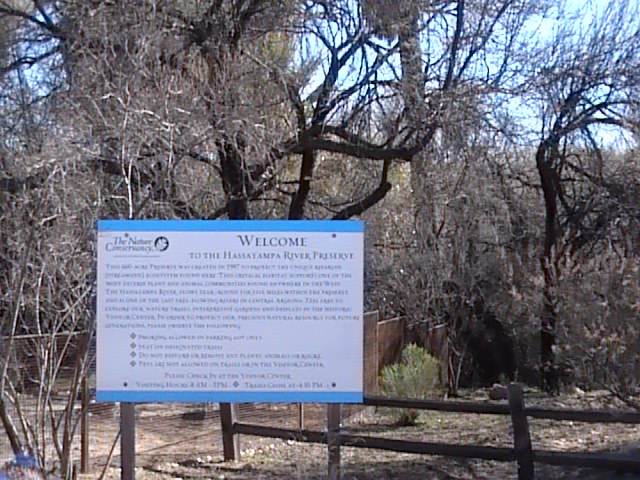





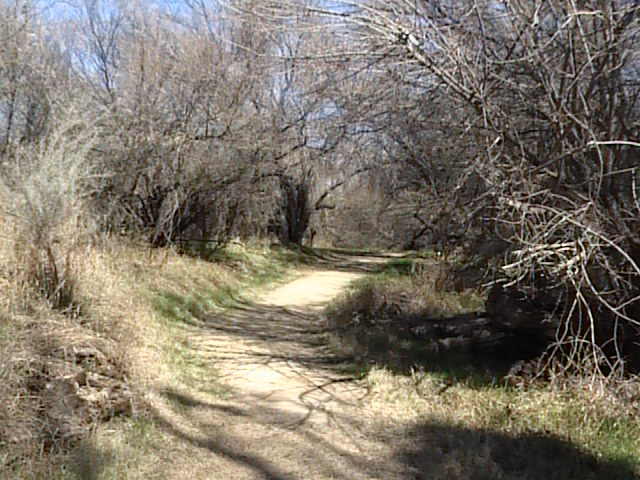
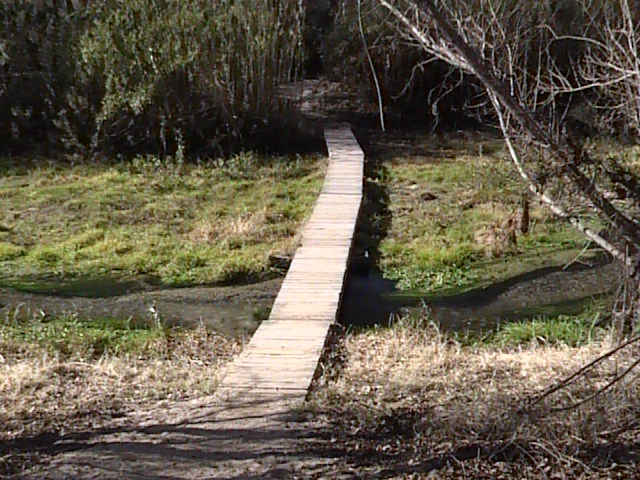
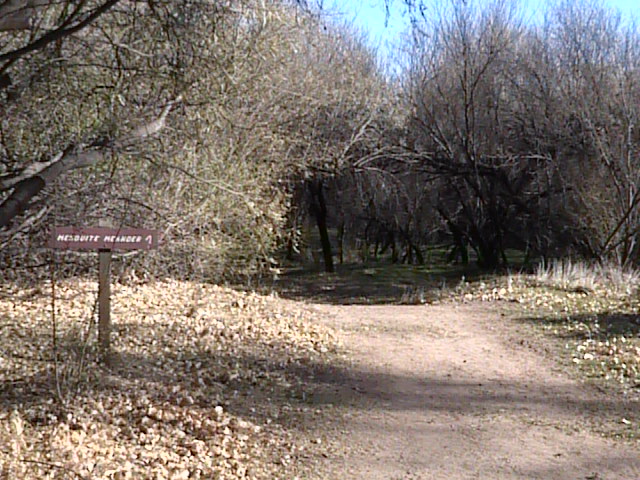
Hassayampa scenes in spring..
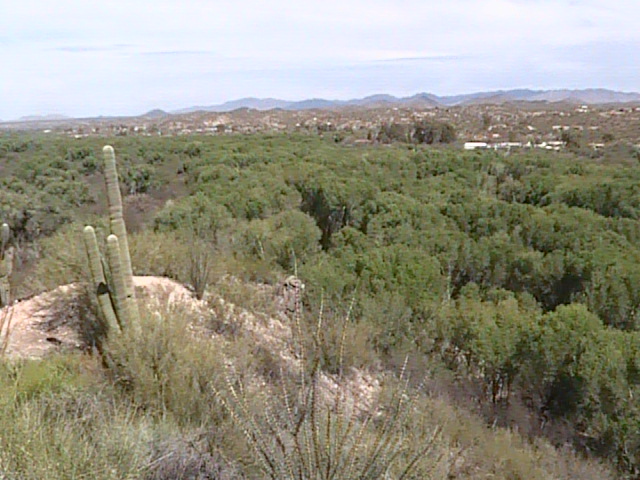
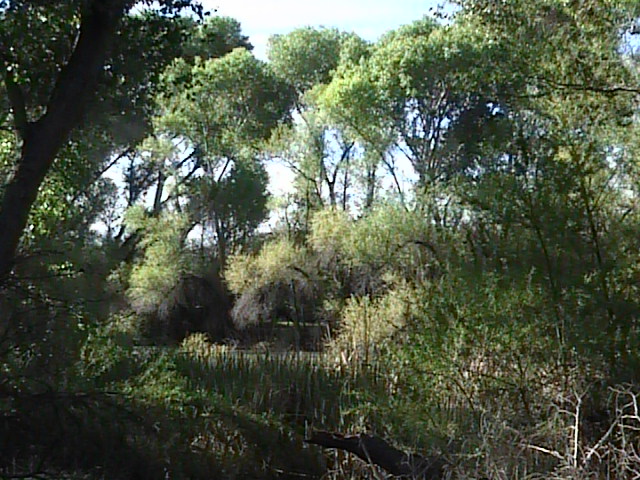
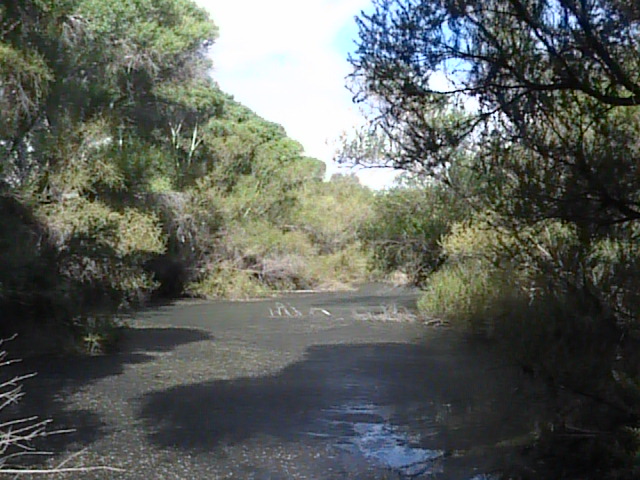
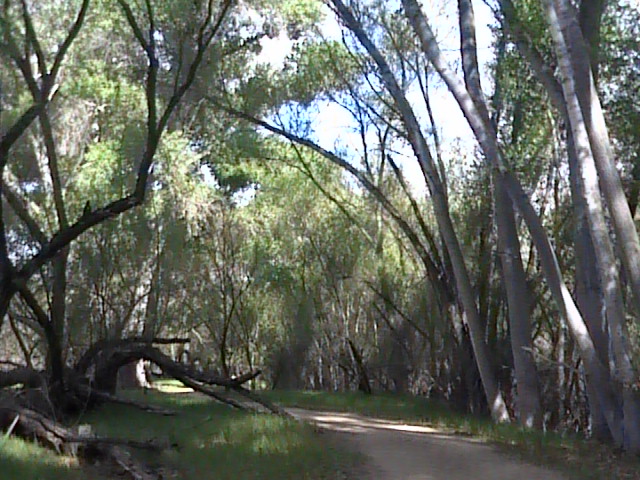
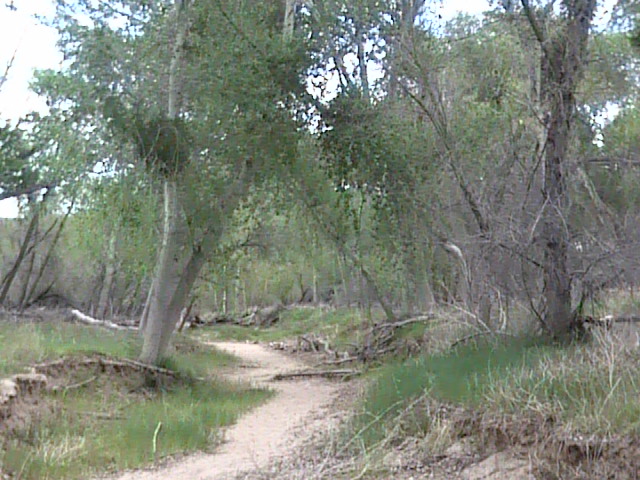
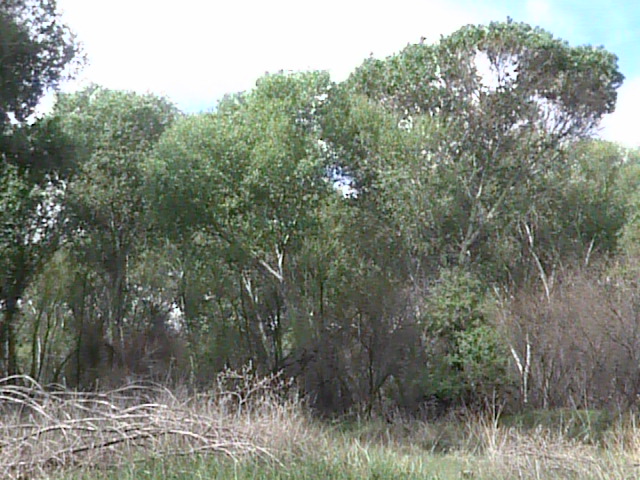
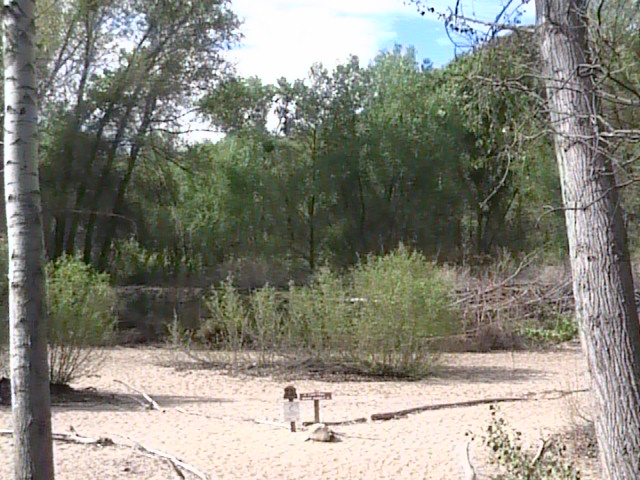
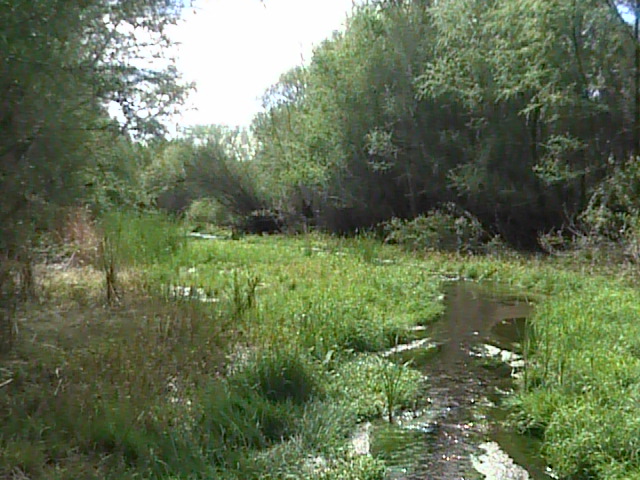
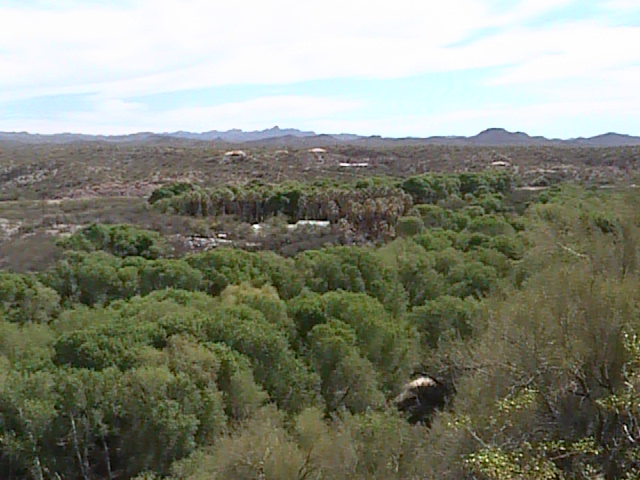
Birds of the Hassayampa River Preserve:
Eastern Phoebe (rarity)

Tropical Kingbird (rare and local breeder)
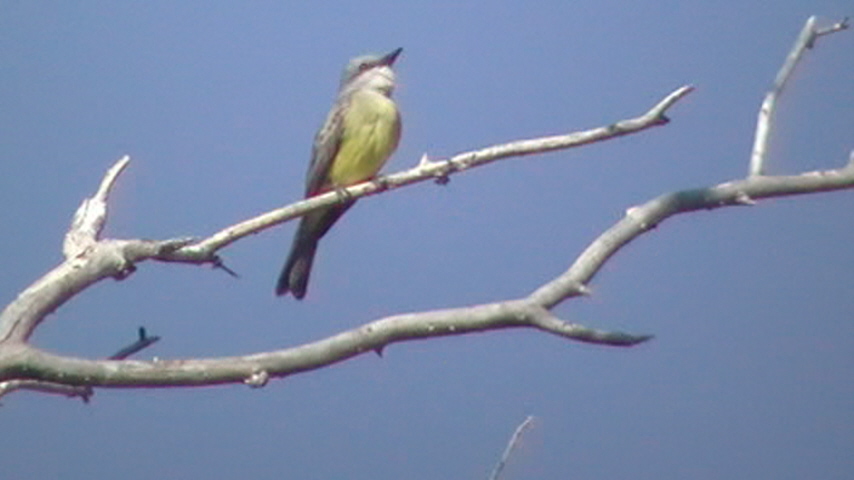
Cooper's Hawk
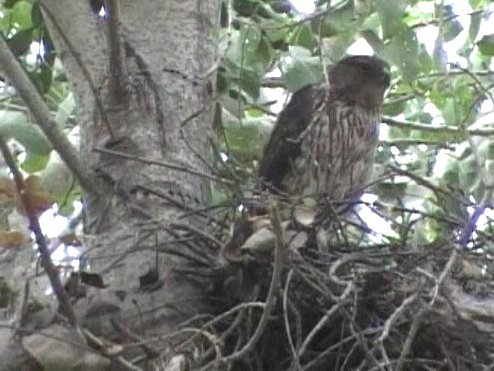
Summer Tanager
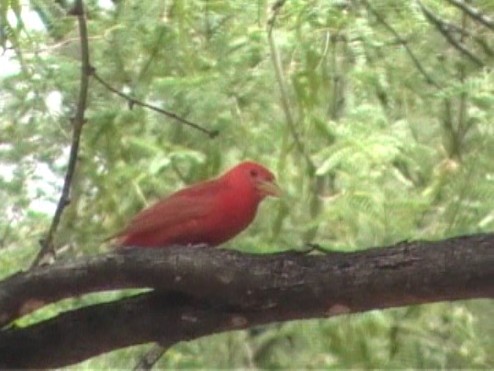
Rufous-backed Robin (rarity)
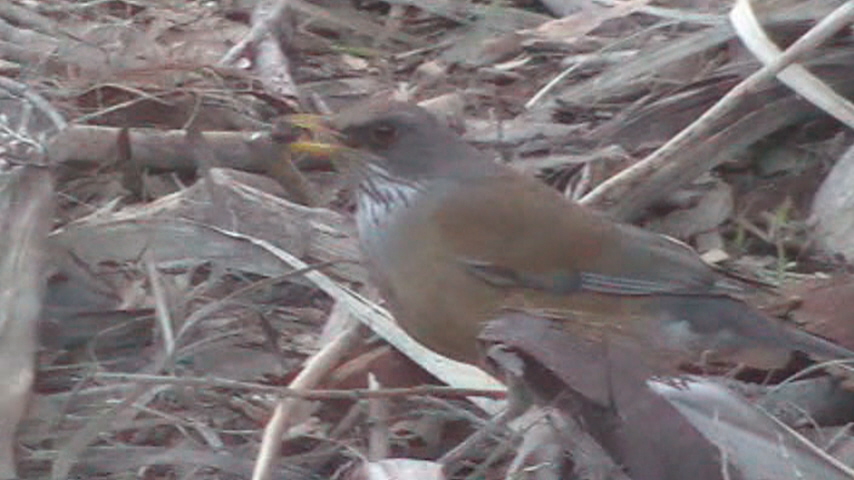
Green Kingfisher (rarity-first Maricopa County record)
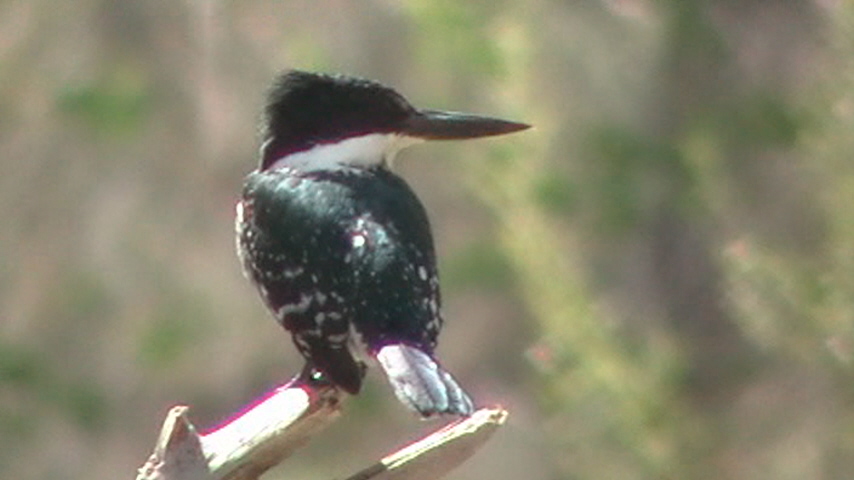
Yellow-breasted Chat
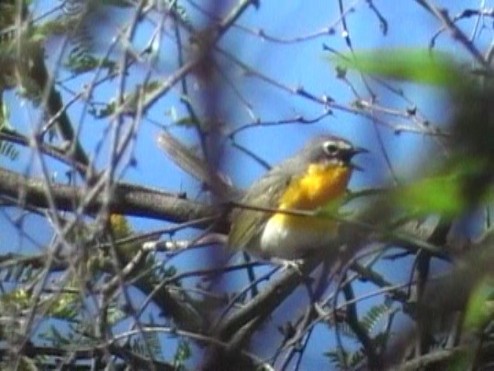
Gray Hawk (local breeder)
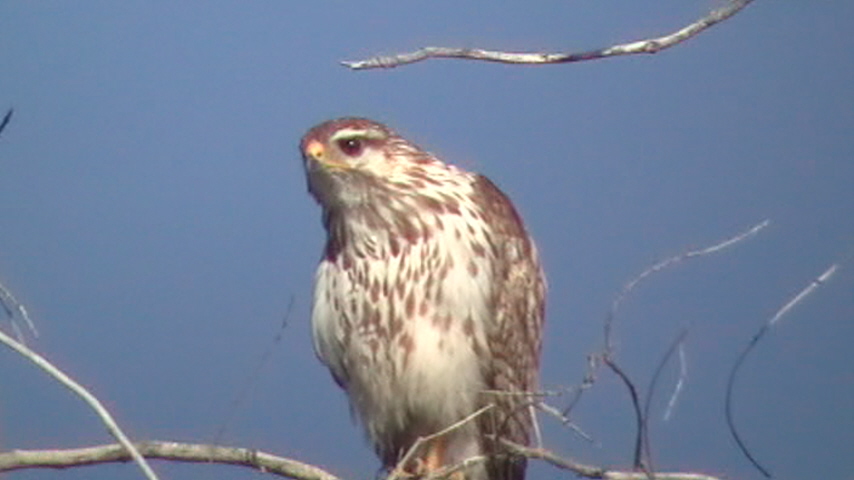
Ladder-backed Woodpecker
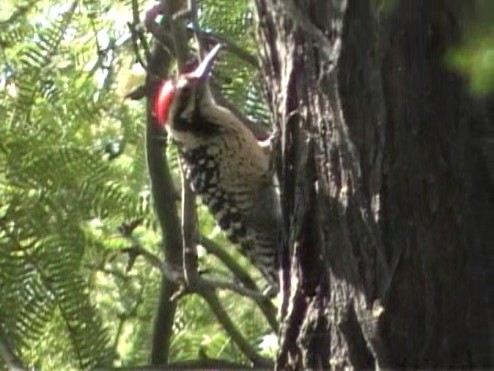
Winter Wren (rarity)
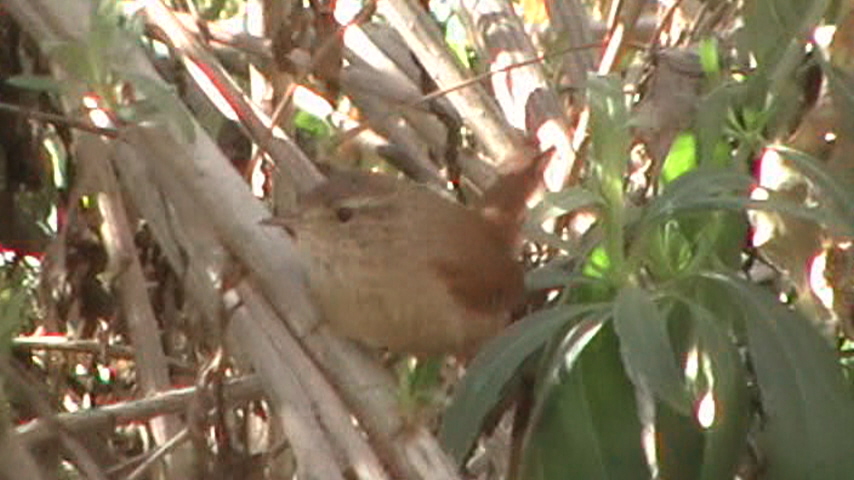
Pyrrhuloxia (uncommon in Maricopa County, often hard to find)
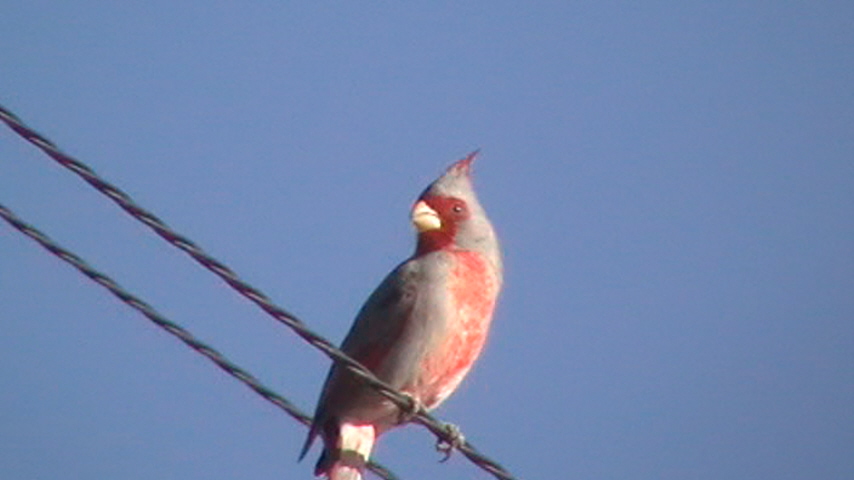
Blue Grosbeak
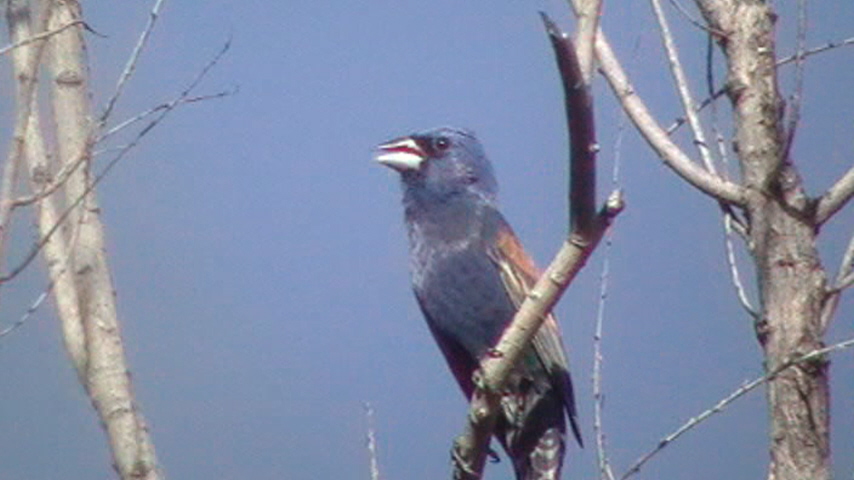
Magnolia Warbler (rarity)
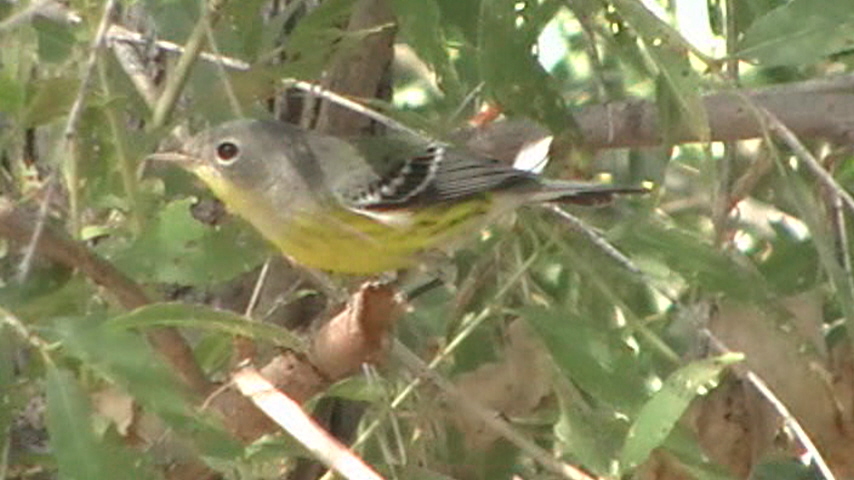
Back to Area 10-Northwest Maricopa |
